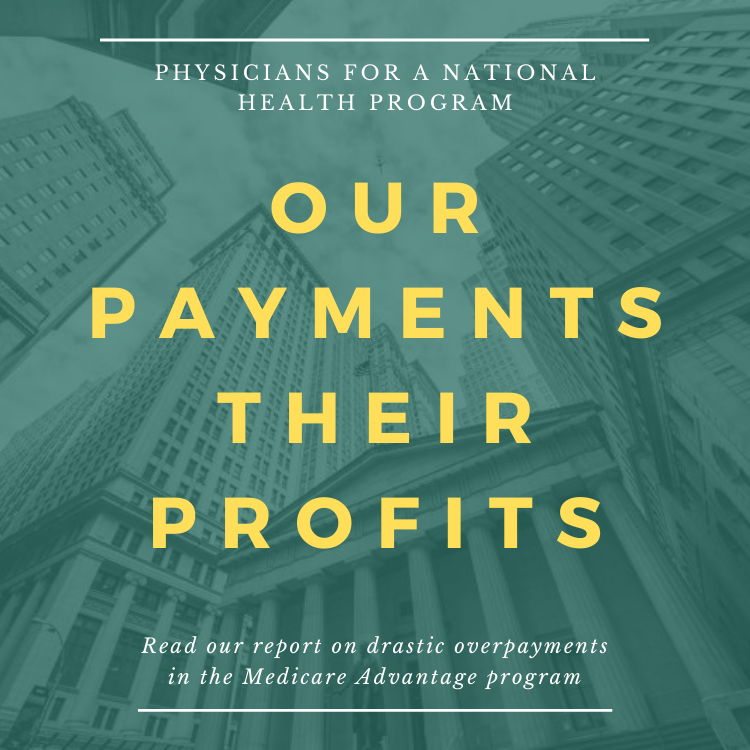By Steven H Woolf, Laudan Aron
BMJ, Editorial, February 7, 2018
Life expectancy in the US has fallen for the second year in a row. This is alarming because life expectancy has risen for much of the past century in developed countries, including the US. The decline in US health relative to other countries, however, is not new; it has been unfolding for decades. In 1960, Americans had the highest life expectancy, 2.4 years higher than the average for countries in the Organisation for Economic Cooperation and Development (OECD). But the US started losing ground in the 1980s. US life expectancy fell below the OECD average in 1998, plateaued in 2012, and is now 1.5 years lower than the OECD average.
A joint panel of the National Research Council and Institute of Medicine investigated the US health disadvantage in 2013. It found that Americans had poorer health in many domains, including birth outcomes, injuries, homicides, adolescent pregnancy, HIV/AIDS, obesity, diabetes, and heart disease. It also found that many factors contribute to the health disadvantage; for example, Americans are more likely to engage in unhealthy behaviors (such as heavy caloric intake, drug abuse, and firearm ownership), live in cities designed for cars rather than pedestrians or cyclists, have weaker social welfare supports, and lack universal health insurance.
The panel reported high death rates in the US from drugs, a problem that has grown over time. Between 2000 and 2014, the rate of fatal drug overdoses rose by 137%, a crisis fueled by the growing use of highly addictive opioid drugs. In 2015 alone, more than 64 000 Americans died from drug overdoses, exceeding the number of US casualties in the Vietnam war. Drug addiction is devastating families and the social fabric of communities. The country is belatedly scrambling to reduce access (with, for example, prescription drug monitoring and drug take back programs), improve emergency responses to reverse overdoses (such as naloxone programs), and enhance access to effective addiction treatment (such as medication assisted treatment).
But the opioid epidemic is the tip of an iceberg, part of an even larger public health crisis in the US: death rates from alcohol abuse and suicides have also been rising. Between 1999 and 2014, the suicide rate rose by 24%. These “deaths of despair,” as some have called them, are disproportionately affecting white Americans, especially adults aged 25-59 years, those with limited education, and women. The sharpest increases are occurring in rural counties, often in regions with longstanding social and economic challenges.
Why white Americans are dying at higher rates from drugs, alcohol, and suicides is unclear, complex, and not explained by opioids alone. The answer—likely some combination of factors in American life—must explain why the rise in mortality is greatest in white, middle aged adults and certain rural communities. Possibilities include the collapse of industries and the local economies they supported, the erosion of social cohesion and greater social isolation, economic hardship, and distress among white workers over losing the security their parents once enjoyed. By contrast, greater resilience might explain why black Americans—who have contended with longstanding structural disadvantages, discrimination, and higher all cause mortality—have not experienced a surge in drug deaths or suicides.
Other data are also enlightening. Over the three decades in which survival advances slowed in the US, educational performance weakened, social divides (including income inequality) widened, middle class incomes stagnated, and poverty rates exceeded those of most rich countries. The US is rich, but its wealth is not inclusive. Its social contract is weaker than in other countries—those in need have less access to social services, healthcare, or the prevention and treatment of mental illness and addiction. The “American dream” is increasingly out of reach, as social mobility declines and fewer children face a better future than their parents.
In theory, policy makers jolted by the shortening lifespan of Americans would hasten to correct these conditions. They would promote education, boost support for children and families, increase wages and economic opportunity for the working class, invest in distressed communities, and strengthen healthcare and behavioral health systems. But the pro-business policy agenda favored by elected officials rarely prioritizes these needs. On the contrary, recent legislation and regulations may prolong or intensify the economic burden on the middle class and weaken access to healthcare and safety net programs.
Ironically, leaders are outspoken about ending the opioid epidemic and bemoan spiraling and unsustainable healthcare costs. Solutions to both problems—which involve investment to support struggling families and communities and thereby improve public health—are often rejected, usually by leaders with competing self interests or ideological objections. The consequences of these choices are dire: not only more deaths and illness but also escalating healthcare costs, a sicker workforce, and a less competitive economy. Future generations may pay the greatest price.
http://www.bmj.com…
***
Comment:
By Don McCanne, M.D.
This editorial states that lack of universal health insurance is one cause of declining health and life expectancy in the United States, especially when contrasted with the superior performance of other OECD nations. But it is only one cause. We have much more that we need to do to reverse the increasing disparities and their unwelcome outcomes.
The people of the United States need an epiphany – the realization that we need to join together to improve understanding of our deficiencies and then to resolve to work together to fix them. The solutions lie primarily in the public arena. That means we need national political leadership that is dedicated to this cause. But that also means that the people will have to fire the obstructionist partisans. That would be easy except for the plethora of obstructionist partisan voters who are immune to epiphanies.
Stay informed! Visit www.pnhp.org/qotd to sign up for daily email updates.
